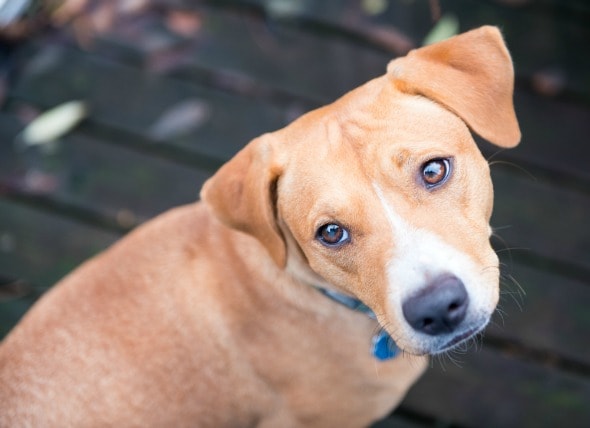
PET MD: By Jessica Remitz
While you may be ready to bring your pup with you to every family get-together or party, your dog may not be. As you plan to visit relatives and friends, make sure your dog has a firm grasp of the following commands and behaviors to guarantee you andyour fur-kid are invited again!
House-Training Essentials
A common but embarrassing issue dog owners have when visiting unfamiliar homes is basic house-training mistakes, said Sarah Westcott, CPDT-KSA and owner of Doggie Academy in Brooklyn, New York. Even if your dog understands that it is not acceptable to go potty in your home, he may not realize this includes the homes of your friends and family.
To avoid unwanted accidents, take your dog out as soon as you arrive at your destination and give him extra praise for doing his business. Utilize your “go outside” or “go potty” command often by letting him out immediately after drinking or eating. You’ll also want to supervise your dog just as closely as you did when you were first house training him, Westcott said.
Jumping
Before attending asocial gatherings, your dog should already know how to greet people politely. Even so, manners can be forgotten when a dog gets excited and begins jumping for attention. Dog owners and their friends frequently handle their dogs’ jumping up on people incorrectly, which can lead to repeat offenses.
“Owners and their friends will tend to inadvertently reward a dog for jumping by using their hands to move the dog off—which can seem like petting—talking to the dog, or moving around—which can seem like really fun play,” Westcott said.
Unfortunately, all of these reactions will give your dog exactly what he wants: more attention. The better response? Ignore your dog completely and withhold your attention until he has all four paws on the floor, Westcott said. Or, if he knows the “off” command, make sure he listens to it and has all four paws on the floor before getting a reward.
The No. 1 Command: Sit
Sit is by far the most important behavior for a dog to know before visiting other people, and is the exact opposite of nearly every obnoxious behavior the dog may exhibit during your stay, including jumping on people or furniture, wandering away, or knocking things over, Westcott said. You dog should also have an understanding of how to control his mouth and voice, with a “sit” command helping to curb any inappropriate chewing, biting, and barking.
To teach your dog to hold a sitting position, ask for the “sit” and withhold your reward (usually a small treat) for a few seconds after the dog has complied, Westcott said. After having repeat success with a few seconds in the sit position, begin withholding the reward for longer intervals of time. Continue this pattern of having your dog wait for the reward until your dog understands that “sit” means “sit down,” as well as “sit and calm down.”
As your dog gets better at sitting and staying on command, stop using a treat every time for the reward and gradually replace the treat with affectionate petting and words of praise. Eventually, and with practice, your dog will sit without expecting any reward other than your approval. And that’s a dog you can take anywhere!
